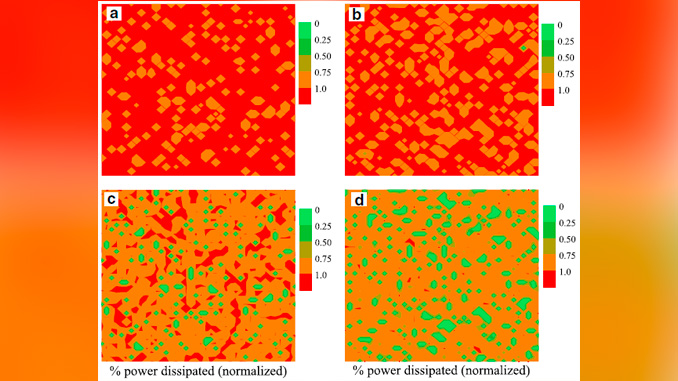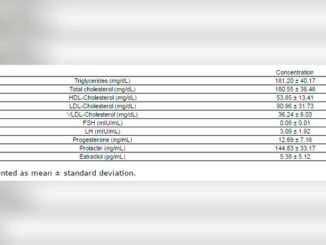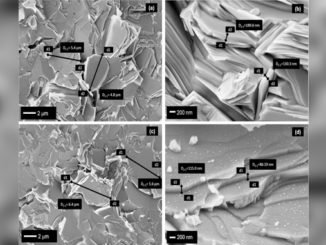
Writers: I. García-Fornaris; P. A. Suzuki; R. F. Jardim
Keywords: Bi-based cuprates; Grain boundaries Misorientation distribution; Transport relaxation
Abstract: The impact of the grain boundary misorientation distribution (GBMD) on the intergranular voltage relaxation (V − t) curves at zero applied magnetic field in Bi1.65Pb0.35Sr2Ca2Cu3O10+δ(Bi-2223) ceramic samples has been investigated. Changes in the GMBD were realized by subjecting powders of Bi-2223 to two different uniaxial compacting pressures (UCP) before the last heat treatment of the samples. The GBMD was then determined from X-ray rocking curves and revealed significant differences between intergranular media of the specimens. It was found that the UCP results in a two-time reduction in the population of high-angle grain boundaries (𝜃 > 12∘) while the orientation homogeneity of the grain boundaries rises ∼ 30 %, indicating an improvement of the degree of texture of the materials. Such changes are mirrored in the behavior of the V − t curves which are explained by invoking differences in the rearrangement of the transport current driven by the angular dependence of the critical current density along grain boundaries. Numerical simulations of the V − t curves support the experimental V − t results and further suggest the occurrence of current localization in conductive paths within the materials.




